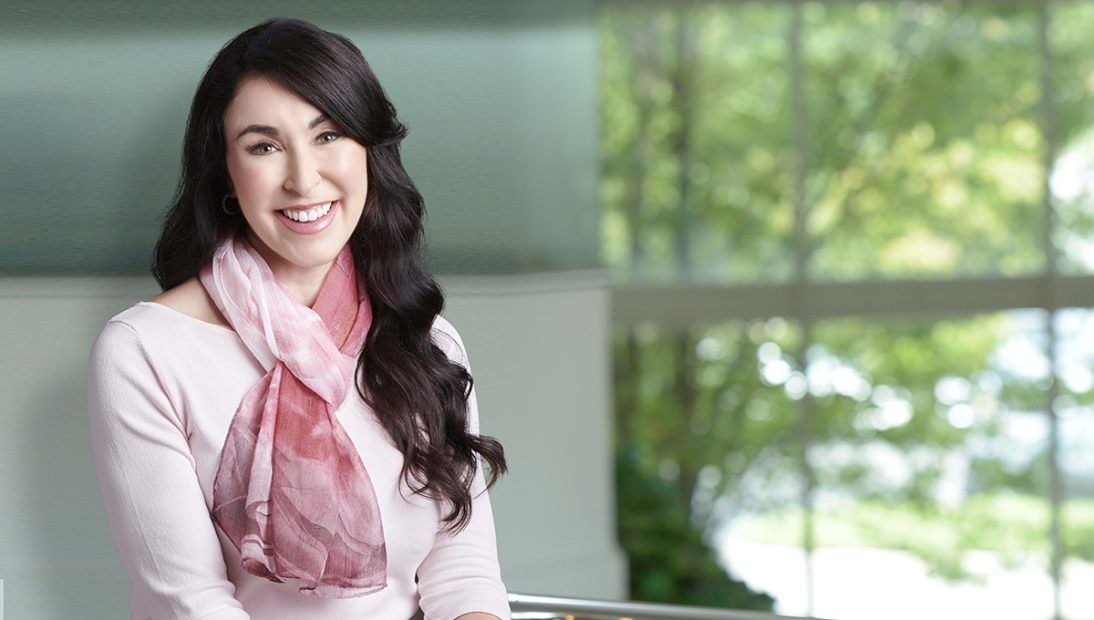According to the Centers for Disease Control and Prevention, 1 in 4 (about 27%) of adults in the United States identify that they live with some type of disability.
About 10% of those are categorized as invisible disabilities – physical, mental or neurological conditions that are not visible from the outside, yet can limit a person's movements, senses and activities.
Infertility, which affects 1 in 5 women ages 15 to 49, is part of this disability class.
Judy Dinn, Chief Information Officer for TD Bank, lives with this invisible disability and was genuinely conflicted when she discovered she was part of this community after attending an event for TD's Inclusion and Diversity pillars.
"I felt confused, surprised," she said, "because I've never thought of my infertility as a disability, it was just one of life's twists and turns that I've lived with."
"I manage my life around it," she added. "And by that definition, it's a disability. Even now as I've come to learn about the number of invisible disabilities that exist … I'm realizing that that population is quite large. Then I wonder, who isn't disabled?"
Who isn't disabled?
It's a very good question.
Mental health has taken a front seat in recent years as one of the most prominent disabilities that you don't see from day-to-day.
But like infertility, what else is considered and on that list?
According to the CDC, diabetes, chronic pain, mental illness, chronic fatigue, stomach issues and yes, infertility are some of the most common invisible disabilities that aren't always recognized by the general public.
And that includes leaders like Judy, who in the past, didn't even see her disability as such.
Even when she broke her hip in a cycling accident and was unable to walk.
"After an intense surgery, I was given a physical therapy plan with a long-term goal of walking on my own in a year. I could do very little independently, I couldn't work, and I was dealing with chronic pain. It was one of the most trying times of my life," Judy said.
"It shouldn't take an injury of that magnitude for us to be empathetic to others with a disability or with others who are a part of any of these communities in our pillars."
And while she may not have thought of her hip injury as a disability, it definitely opened her eyes to the struggles that often go overlooked.
"I thought, how do people with permanent disabilities deal with this their whole life? Something that seems as simple as having a close parking spot—I can't tell you how helpful that was. It allowed me the freedom to go to the grocery store. It was huge for my mental health to be able to accomplish a little thing like going to the grocery store by myself."
Helping others
Judy has a very good reason for sharing her brave journey of discovery.
"I want to help more and more people self-identify," she said. "Through education and information, I'm hoping people can find the courage to follow the lead of others who aren't afraid to self-identify."
Judy believes that being part of a community and not feeling alone, is crucial to adjusting to any condition.
"The more I speak about my experience, the more people will take a moment to think about living with a disability, and by doing so I hope that more of us become empathetic to one another and identify with a community or become allies," she added.
